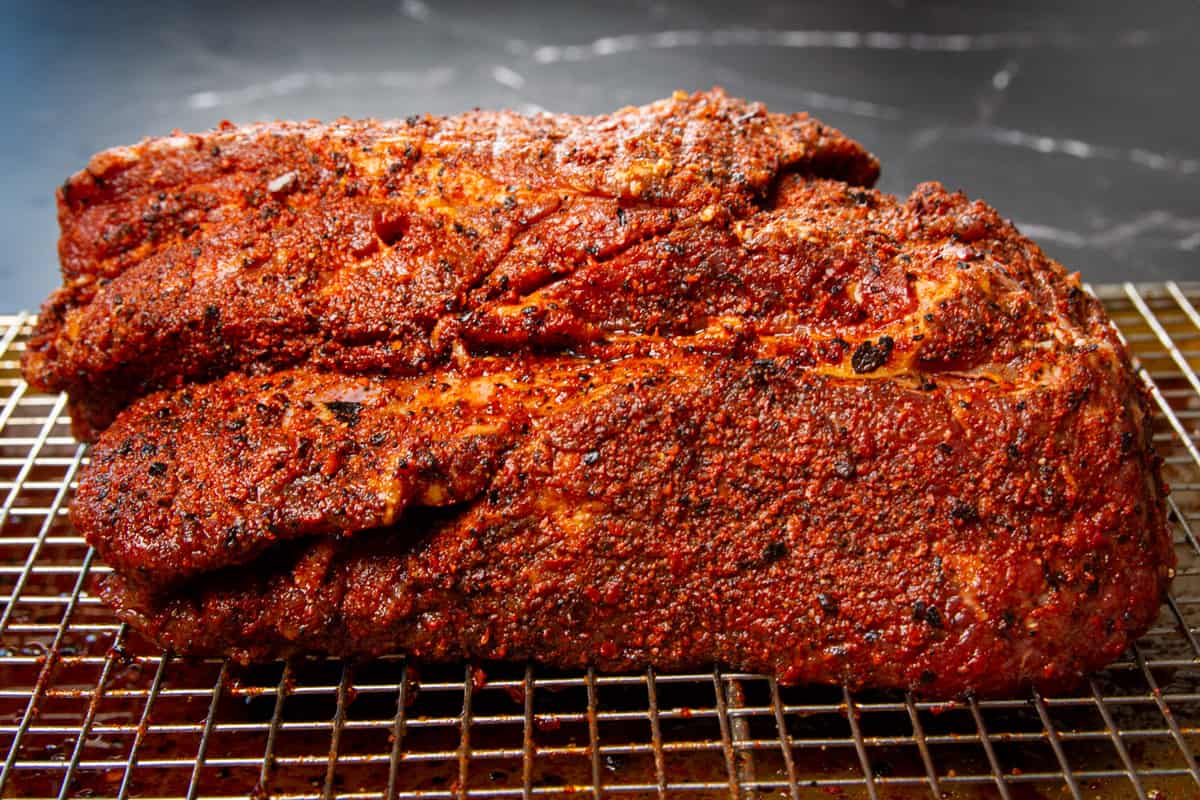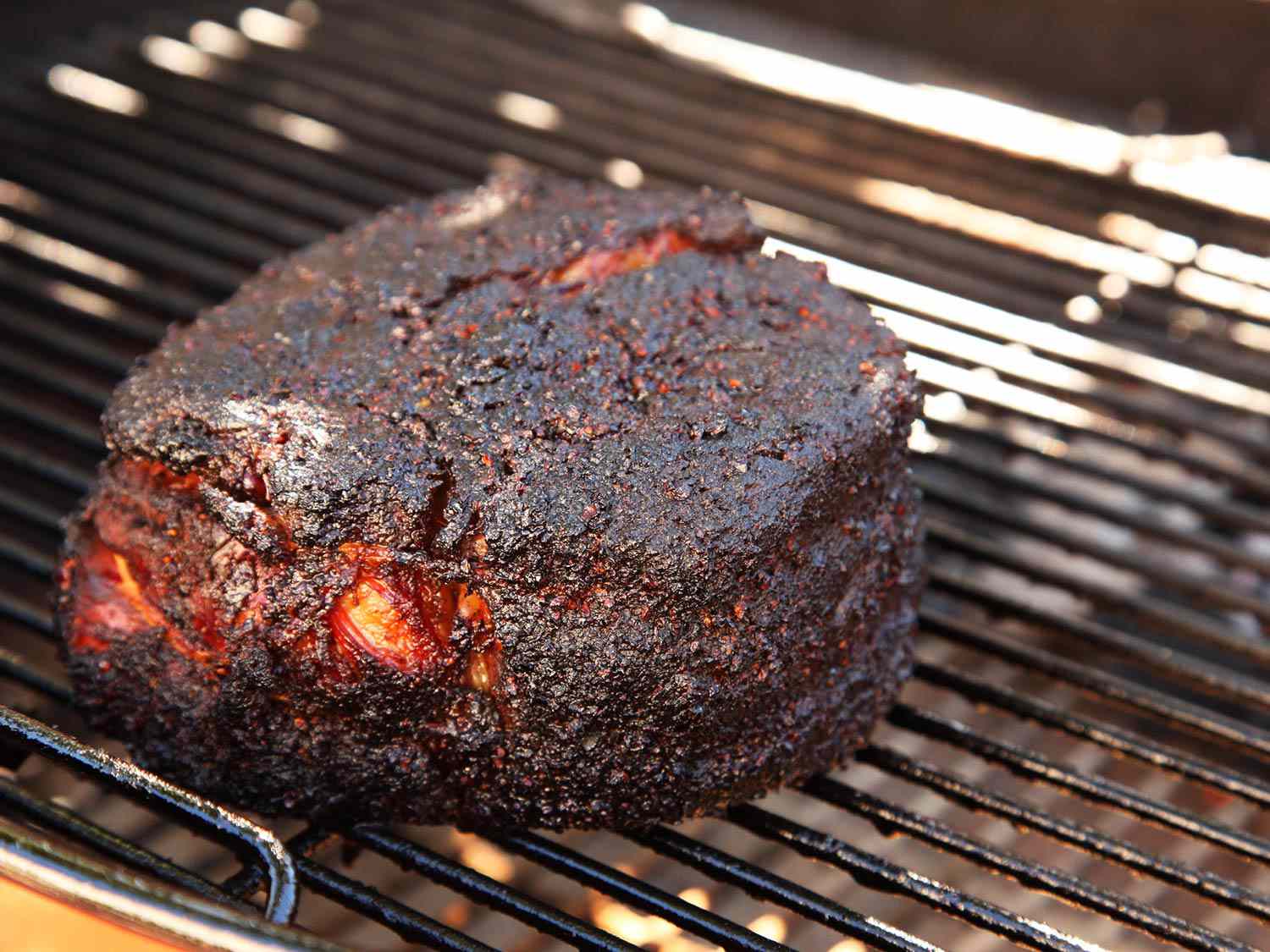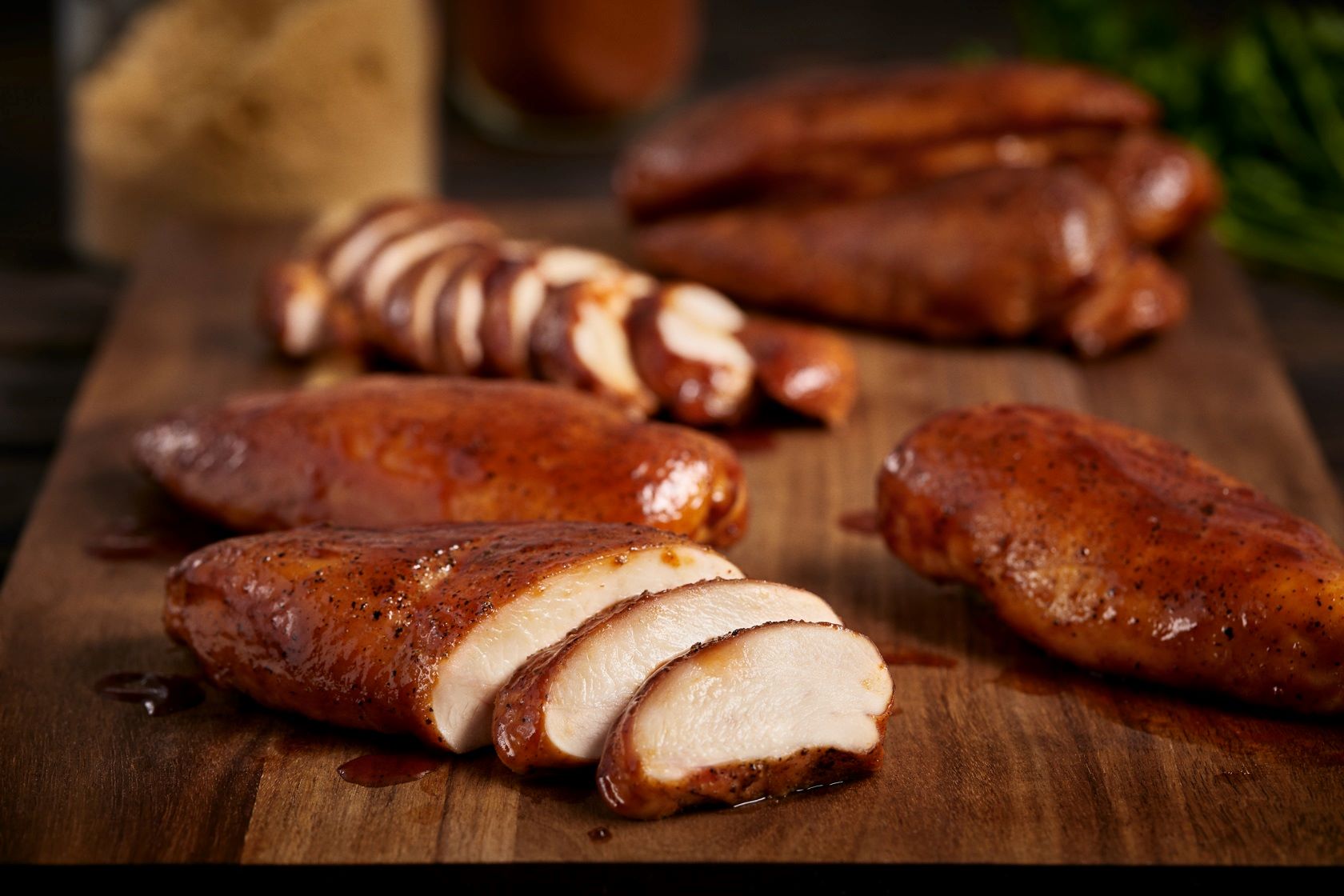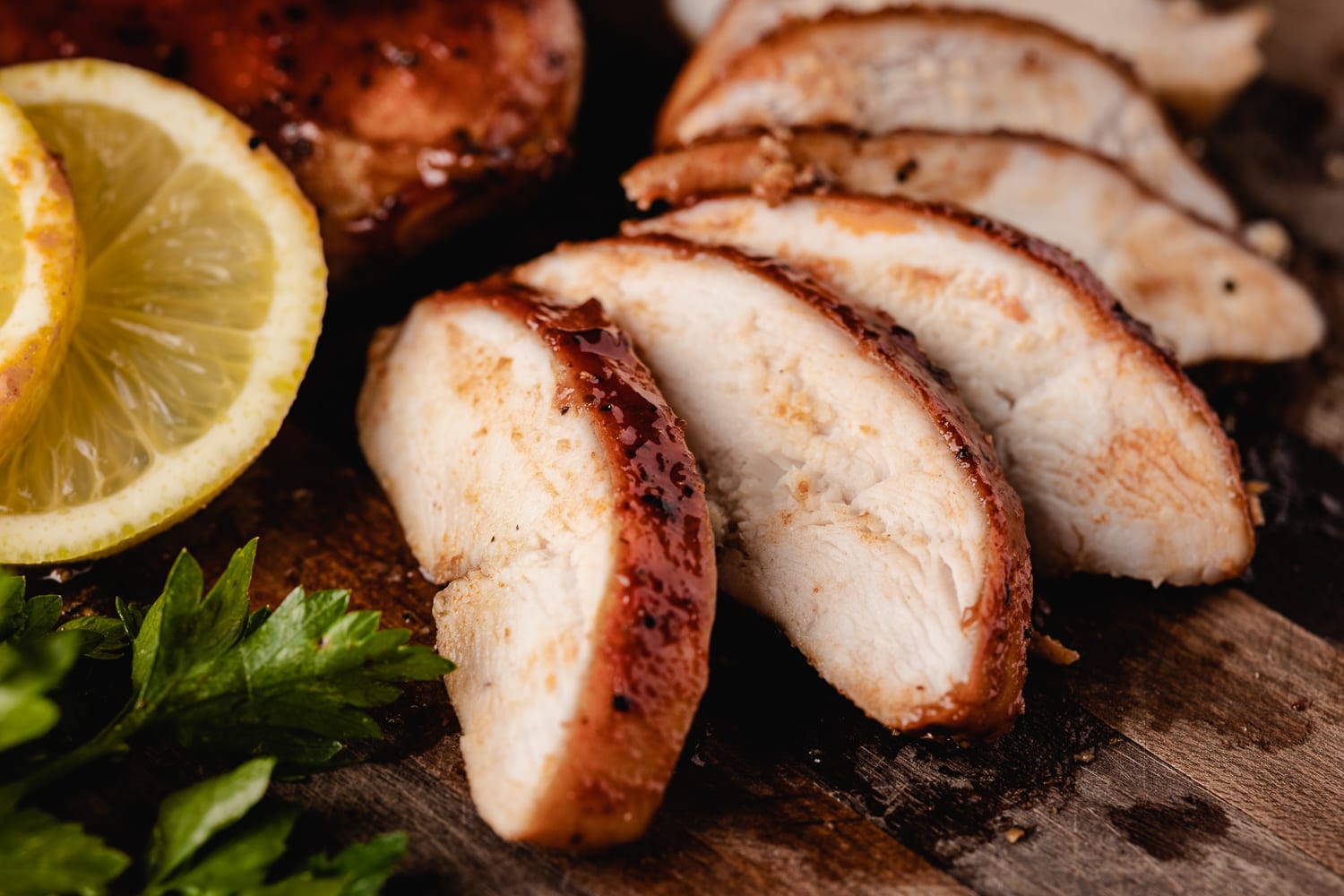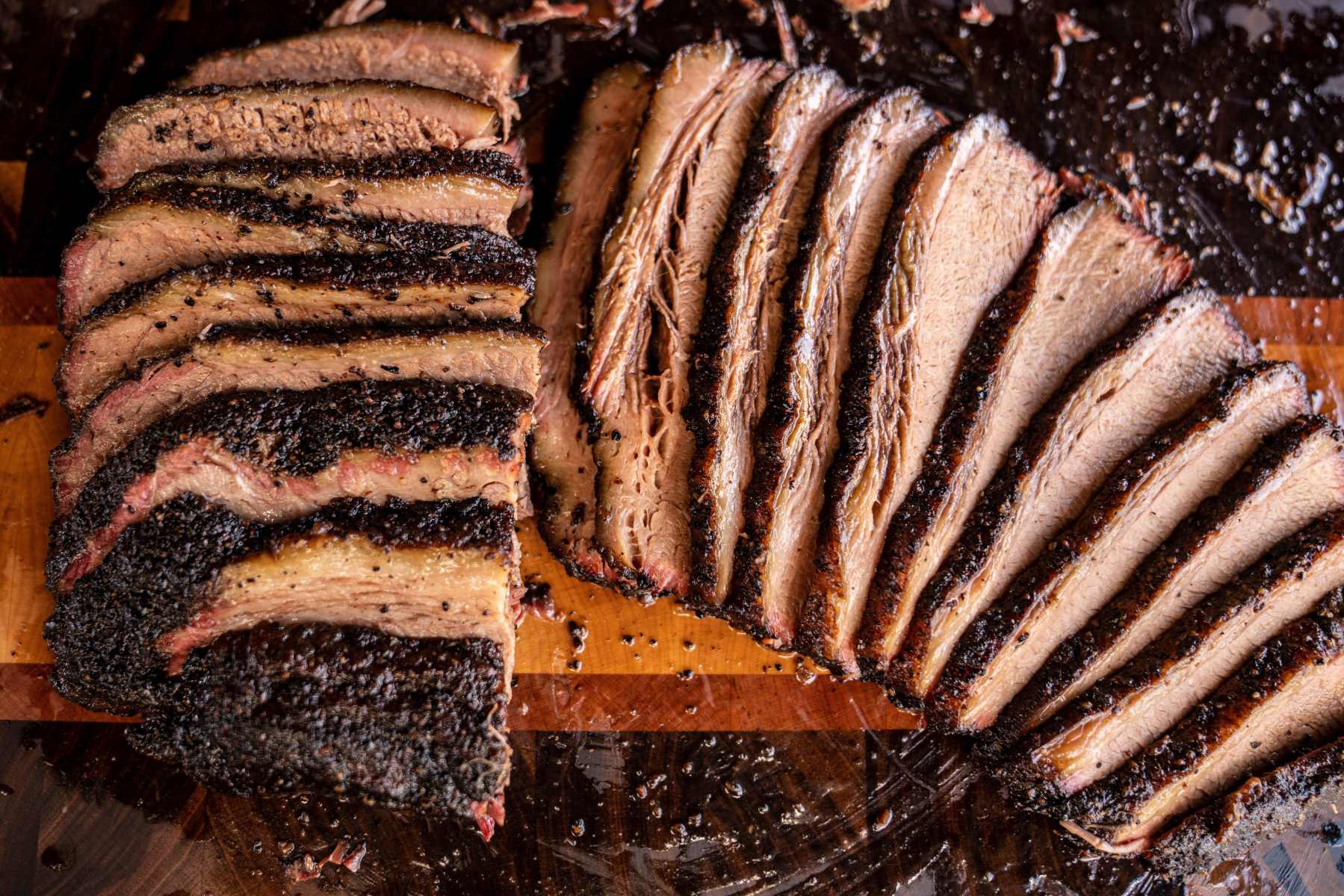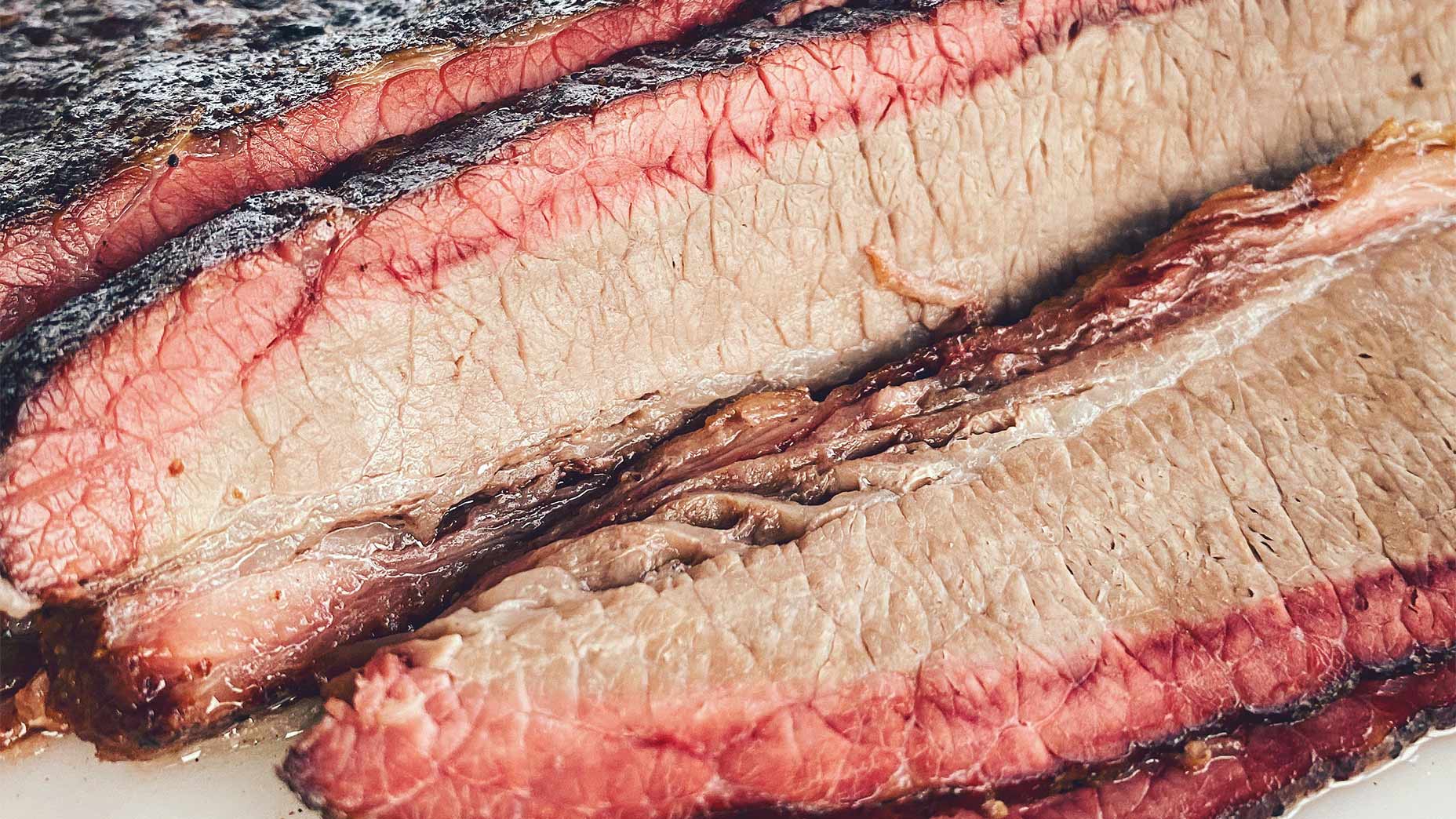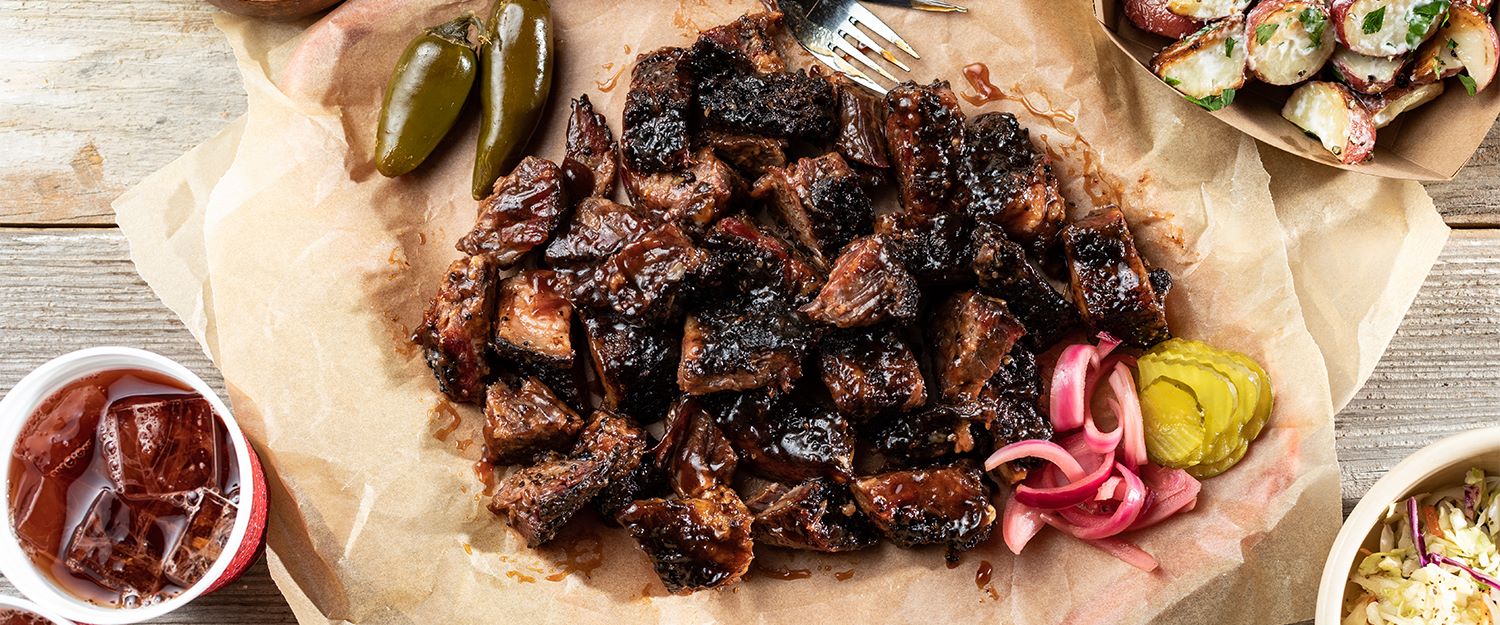Mastering the Art of Smoking and Roasting
Smoking and roasting are two classic cooking techniques that can elevate the flavor of your dishes to new heights. Whether you’re a seasoned grill master or just starting out, learning how to smoke roast can add a whole new dimension to your culinary repertoire. In this guide, we’ll walk you through the ins and outs of smoking and roasting, and provide you with the tips and tricks you need to become a pro.
Choosing the Right Wood
When it comes to smoking, the type of wood you use can make a world of difference in the flavor of your food. Different woods impart different flavors, so it’s important to choose the right one for the dish you’re preparing. Some popular options include:
- Hickory: Known for its strong, smoky flavor, hickory is a great choice for smoking beef and pork.
- Apple: If you’re smoking poultry or pork, apple wood can add a slightly sweet and fruity flavor.
- Mesquite: This wood has a bold, intense flavor that works well with beef and game meats.
Preparing the Meat
Before you start smoking and roasting, it’s important to properly prepare the meat. This may involve marinating, seasoning, or brining, depending on the specific recipe. For example, if you’re smoking a brisket, you might want to apply a dry rub the night before to allow the flavors to penetrate the meat. For poultry, a simple brine can help keep the meat moist and flavorful during the cooking process.
Setting Up the Smoker
When it comes to smoking, the key is to cook low and slow. This means using a low temperature and a longer cooking time to allow the smoke to infuse the meat with flavor. Whether you’re using a traditional charcoal smoker or a modern electric smoker, it’s important to maintain a consistent temperature throughout the cooking process. This can be achieved by adjusting the airflow and adding more wood chips as needed to keep the smoke flowing.
Monitoring the Process
Once the meat is in the smoker, it’s important to keep a close eye on the temperature and the level of smoke. Using a meat thermometer to monitor the internal temperature of the meat is crucial to ensure it reaches the desired level of doneness. Additionally, adding more wood chips or chunks as needed will help maintain a steady flow of smoke throughout the cooking process.
Transitioning to Roasting
After the smoking process is complete, you can transition to roasting to finish off the meat and achieve a perfect texture. This can be done in a traditional oven or on a grill, depending on your preference and the equipment available. During the roasting phase, you can baste the meat with a flavorful glaze or sauce to add an extra layer of flavor and moisture.
Final Tips and Tricks
Here are a few additional tips to keep in mind as you master the art of smoking and roasting:
- Patience is key – smoking and roasting take time, but the end result is well worth the wait.
- Experiment with different wood types and flavor combinations to find your perfect match.
- Keep the meat moist by using a water pan in the smoker and basting during the roasting phase.
- Don’t be afraid to get creative – smoking and roasting are versatile techniques that can be used with a wide variety of meats and dishes.
With these tips in mind, you’ll be well on your way to becoming a smoke roasting aficionado. Whether you’re cooking up a backyard barbecue or preparing a special meal for friends and family, mastering these techniques will take your culinary skills to the next level.
For those eager to master the art of smoke roasting, there are several standout recipes to try. The Smoked Brisket with Hickory and Spice Rub offers a robust and flavorful experience, perfect for impressing guests at a backyard cookout. If pork is more your style, the Smoked Pulled Pork Shoulder provides a tender, melt-in-your-mouth option that pairs beautifully with a variety of sides. For something a bit different, the Smoked Duck Breast with Citrus Glaze delivers a delightful balance of smoky and tangy flavors, making it a unique addition to any meal. And don't overlook the Smoked Whole Chicken with Applewood, which combines the subtle sweetness of applewood with juicy, succulent chicken. Each of these recipes leverages the smoke roasting technique to create unforgettable dishes.
Was this page helpful?
Read Next: How To Smoke Cow Tongue



